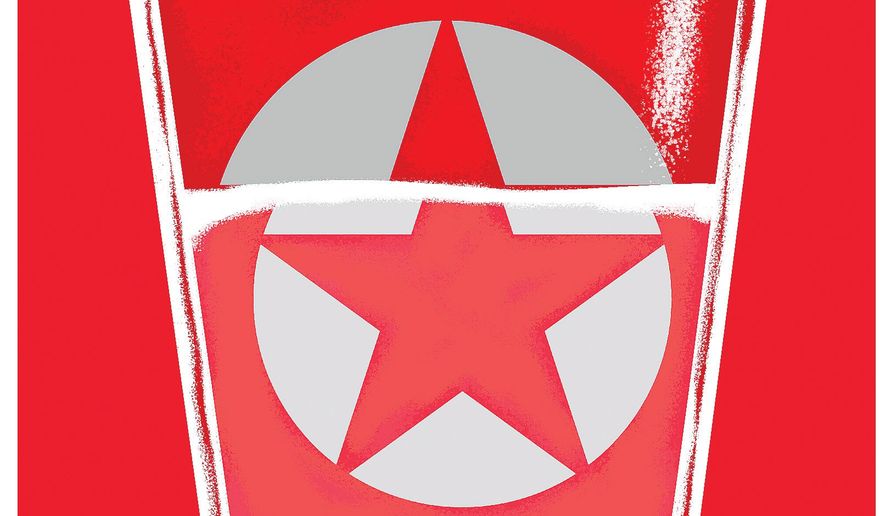OPINION:
The joint statement (Panmunjom Declaration), issued after eight hours of talks between South Korea’s Moon Jae-in and North Korea’s Kim Jong-un, is an impressive document. It addresses a myriad of inter-Korean issues that will be resolved: Unification, reunion of separated families, cessation of all hostile acts, connection and modernization of railways and roads on the eastern corridor, closer consultation with the establishment of liaison offices in the Kaesong region, a permanent peace regime on the Korean Peninsula and a non-aggression agreement that precludes the use of force against each other.
The joint statement also focused on denuclearization and the ” common goal of realizing, through complete denuclearization, a nuclear-free Korean Peninsula and seeking the support and cooperation of the international community for the denuclearization of the Korean Peninsula.” The statement highlighted the need to end the Korean War and establish a permanent and solid peace regime.
Despite the excellent atmospherics and a rather detailed joint statement, there is concern that the Korea Summit did not represent discernible progress with the ultimate goal: Complete, verifiable and irreversible Dismantlement (CVID) of North Korea’s nuclear weapons and nuclear weapons facilities.
There’s nothing in the joint statement that defines denuclearization. There is the statement that “South and North Korea agreed to carry out disarmament in a phased manner, as military tension is alleviated and substantial progress is made in military confidence-building.” Indeed, this statement will have to be unpacked, since it’s very general and could encompass a multitude of issues and programs.
Skepticism with the Korea Summit is understandable, given the failure of the two previous presidential summits in 2000 and 2007. Both summits had favorable atmospherics and positive joint statements; both failed miserably in its implementation. Will the 2018 Summit be any different?
Indeed, there needs to be better clarity on how Kim Jong-un defines denuclearization. His father, Kim Jong-il , approved the language of the September 2005 joint statement, that I helped to draft as the special envoy and deputy head of delegation, which read: “North Korea is committed to abandoning all nuclear weapons and existing nuclear programs and returning, at an early date, to the Treaty of nonproliferation of Nuclear Weapons and IAEA safeguards.”
This is the clarity we need from Kim Jong-un. We will also need language committing North Korea to a robust verification regime with clear time lines to accomplish the dismantlement mission.
President Donald Trump will have a number of issues to pursue with Mr. Kim in their late May or early June meeting. However, considerable progress has been made during the past four months. The Korea summit was a clear manifestation of this progress. Yes, certain issues require greater clarity from Mr. Kim, but it’s a far cry from a few months ago when conflict on the Korean Peninsula seemed possible.
Many doubt that Mr. Kim will give up his nuclear weapons and missiles, after spending precious resources on these weapons. But North Korea’s economy is hurting, as an isolated North Korea deals with unprecedented sanctions, crippling its economy. And the unprecedented joint military exercises, with the introduction of strategic assets, had to be intimidating if you were sitting in Pyongyang .
So, yes, I believe it is possible that Mr. Kim can make the strategic decision to give up his nuclear arsenal, in return for security assurances, an end to the Korean War, economic development assistance and a normal relationship with the U.S. Convincing Mr. Kim to seek this path will depend heavily on Mr. Trump and his ability to convince Mr. Kim that comprehensive and verifiable denuclearization is in North Korea’s best interest.
• Joseph R. DeTrani was the former special envoy for the Six Party Talks with North Korea. The views are the author’s and not of any government agency or department.




Please read our comment policy before commenting.